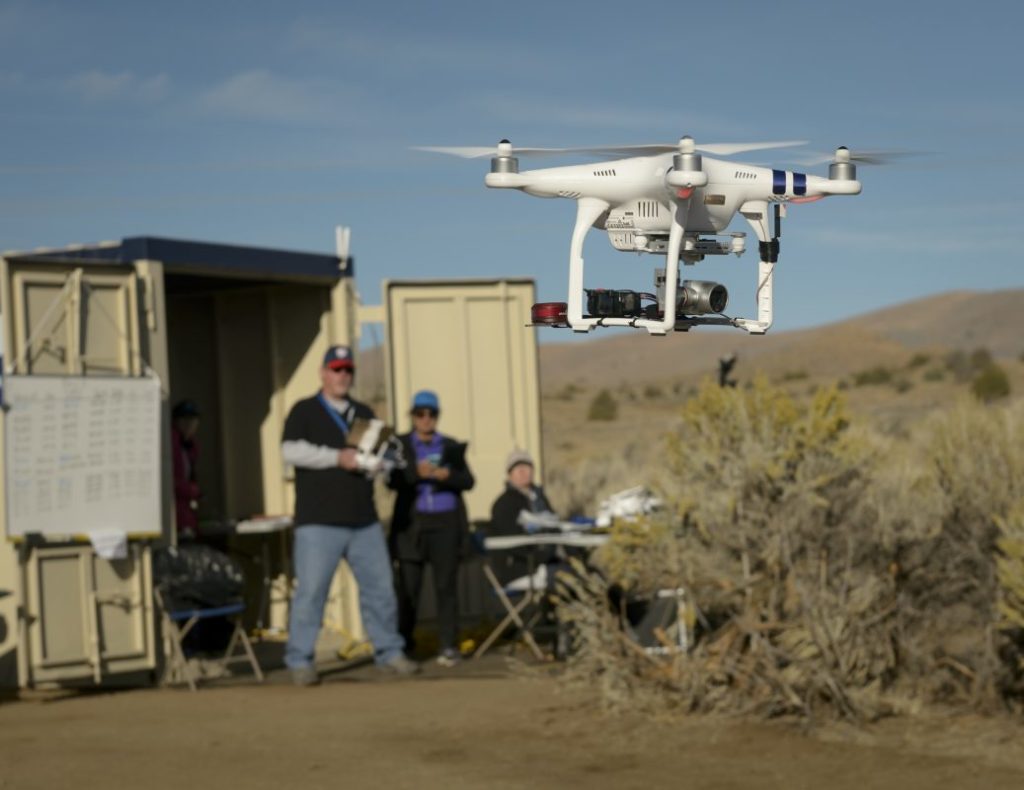
Safeguarding flights in US airspace is the aim of a new competition launched by the National Aeronautics and Space Administration (NASA) Langley Research Center in early August 2019. The Safeguard with Autonomous Navigation Demonstration (SAND) Challenge is an opportunity for small businesses to compete in an autonomous unmanned aerial vehicle (UAV) competition to help NASA address safety-critical risks associated with flying UAVs in the national airspace.
It is designed to prepare small businesses for the competitive future of UAV flight and showcase a practical and attainable use case for UAVs. The aim is to demonstrate NASA technology can assure safe operations of autonomous vehicles and promote public confidence in autonomy and Beyond Line of Visual Sight (BVLOS) operations.
The competition makes use of NASA’s patented Safeguard technology which will fly on board competitors’ vehicles while navigating the course, set in the context of a post-natural disaster scenario. Small business competitors will provide their own drones, to navigate a simulated post-natural disaster event. The Langley patented Safeguard technology will document breaches in the geo-fencing boundaries of the competition course.
Safeguard’s fencing capability is designed to supersede or override non-standardized manufacturer UAV geo-fencing technology, when necessary, to restrict air space access of a UAV to meet regulatory property protection and safety requirements. Afterwards, NASA will evaluate the performance of the drones against the Safeguard assessment as well as the ability to identify the post-natural disaster objects.
Any organization, university, small business, sponsors, and any attendees with a business license is welcome to request a license of the Safeguard technology from NASA at any time. Fields of exclusivity may be granted given there are no existing exclusive licenses in that field.
The challenge will address some of the safety critical risks associated with flying UAVs in the national airspace system: 1) flight outside of approved airspace; 2) unsafe proximity to people or property; and 3) critical system failure.
“We want to insert autonomy into operational environments, and then build on that experience,” said Lena Little, SAND project manager. “We need the help of industry and academia to achieve this outside of our gates.”
